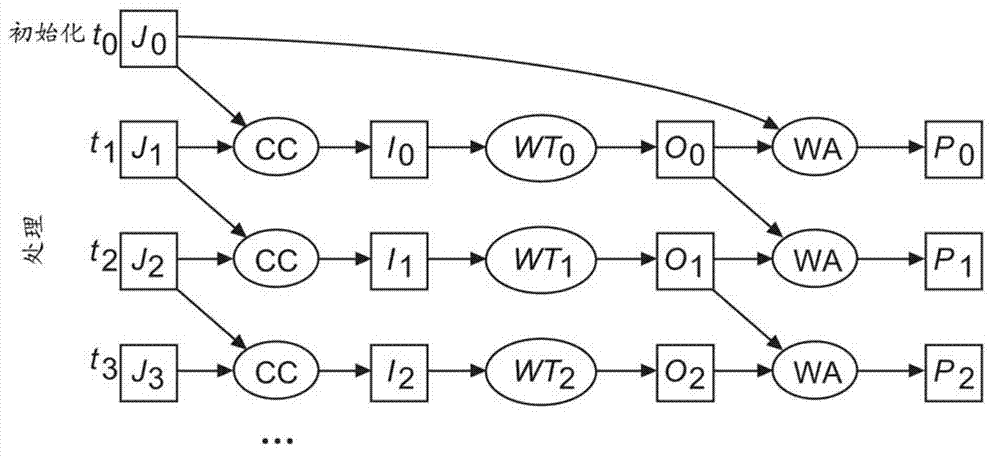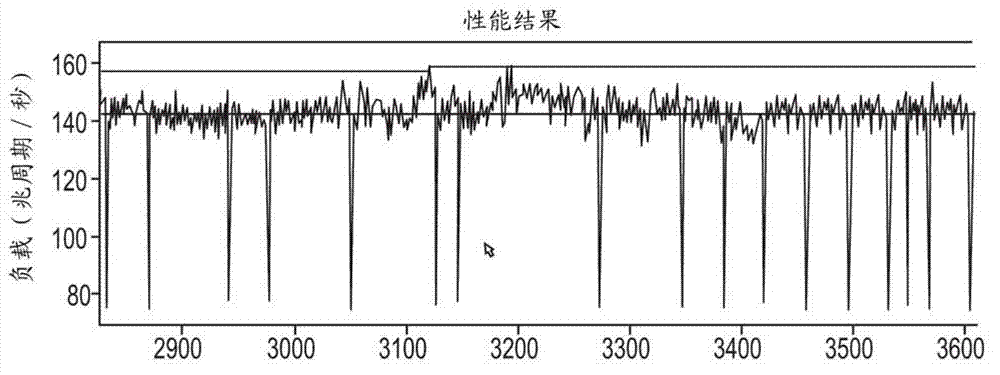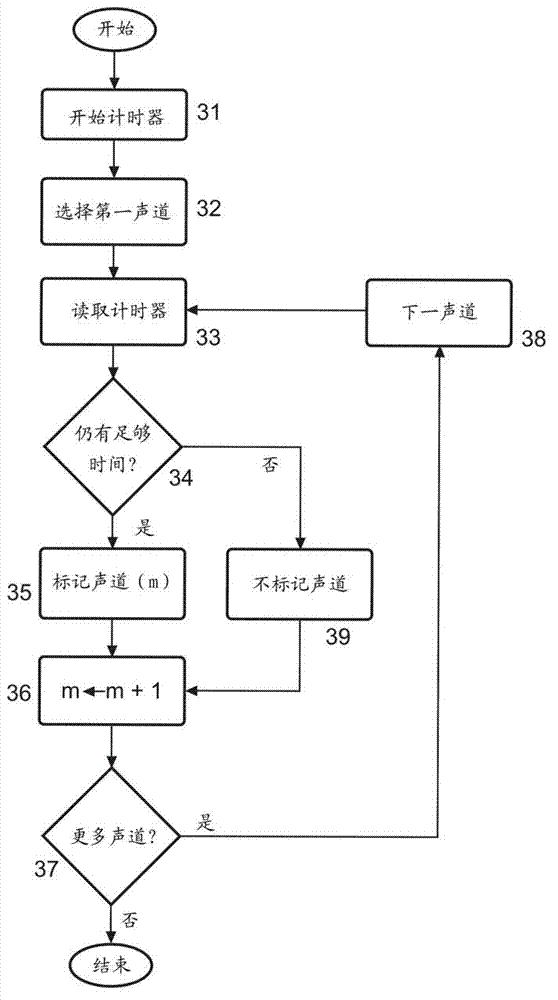Method and apparatus for frequency domain watermark processing a multi-channel audio signal in real-time
An audio signal and multi-channel technology, applied in speech analysis, instruments, etc., can solve problems such as loss of audible artifacts, audio quality degradation, and long processing time
- Summary
- Abstract
- Description
- Claims
- Application Information
AI Technical Summary
Problems solved by technology
Method used
Image
Examples
Embodiment Construction
[0034] The vast majority of audio processing algorithms, whether audio coding or audio watermarking, are block-based, where a block of N input signal samples is processed and N output samples are generated at the same time. The reason for such block-based processing is that part of the processing is implemented in the frequency domain while the input samples are in the time domain, where N time-domain samples are typically transformed with a Fast Fourier Transform (FFT) or a Modified Discrete Cosine Transform (MDCT). block and process it in the frequency domain and transform it back to the time domain using the corresponding inverse transform. Because such transformations are very efficient for lengths that are powers of two, samples of size 512 or 1024 are most often used.
[0035] A straightforward way for block-based audio processing is to start with the k-th input block I of size N containing input samples from k*N to (k+1)*N-1 k directly generate the k-th output block O ...
PUM
 Login to View More
Login to View More Abstract
Description
Claims
Application Information
 Login to View More
Login to View More - R&D
- Intellectual Property
- Life Sciences
- Materials
- Tech Scout
- Unparalleled Data Quality
- Higher Quality Content
- 60% Fewer Hallucinations
Browse by: Latest US Patents, China's latest patents, Technical Efficacy Thesaurus, Application Domain, Technology Topic, Popular Technical Reports.
© 2025 PatSnap. All rights reserved.Legal|Privacy policy|Modern Slavery Act Transparency Statement|Sitemap|About US| Contact US: help@patsnap.com



